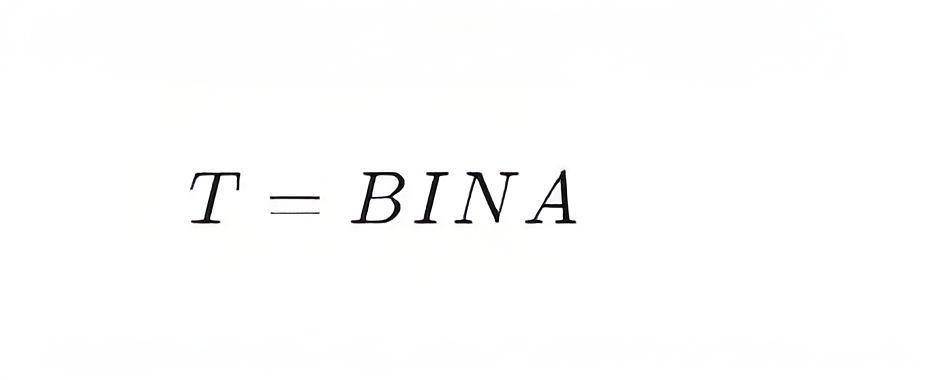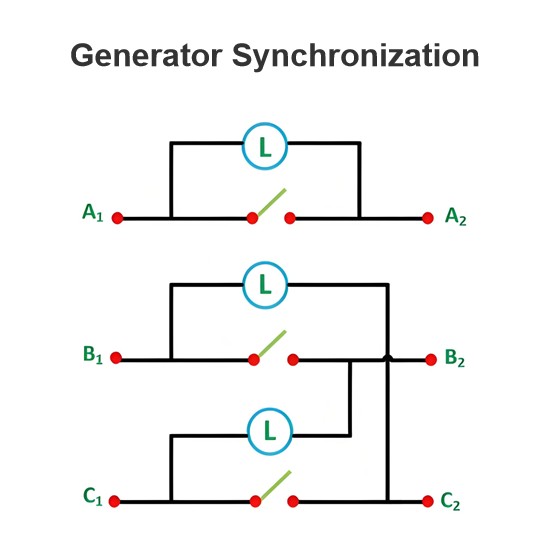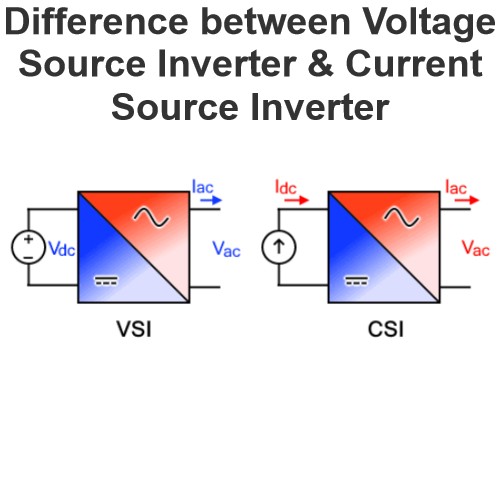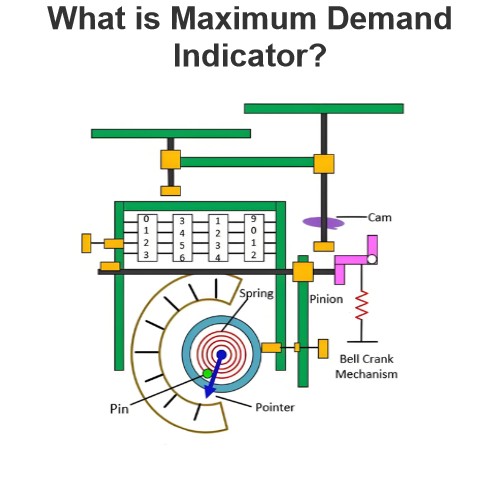The difference between a moving-coil meter and a permanent magnet moving-coil meter
Differences Between Moving Coil Meters and Permanent Magnet Moving Coil (PMMC) Meters
Moving coil meters and Permanent Magnet Moving Coil (PMMC) meters are both types of electromechanical instruments used to measure electrical quantities, but they have distinct differences in their construction, operation, and applications. Below is a detailed comparison of the two:
1. Construction
Moving Coil Meter
Magnetic Field Source: In a traditional moving coil meter, the magnetic field is generated by a pair of current-carrying coils (field coils) that surround the moving coil. These field coils are energized by the same current that passes through the moving coil.
Moving Coil: The moving coil is suspended between the field coils and carries the current to be measured. It is free to rotate about a pivot or jewel bearing.
Damping: Damping is typically provided by air friction or eddy currents, which helps to bring the pointer to rest quickly after deflection.
Permanent Magnet Moving Coil (PMMC) Meter
Magnetic Field Source: In a PMMC meter, the magnetic field is provided by a permanent magnet, which creates a strong and stable magnetic field. This eliminates the need for external field coils.
Moving Coil: The moving coil is placed within the gap of the permanent magnet. When current flows through the moving coil, it interacts with the magnetic field, causing the coil to rotate.
Damping: PMMC meters often use eddy current damping, where a small aluminum disk or vane attached to the moving coil rotates within a magnetic field, generating eddy currents that provide damping.
2. Operating Principle
Moving Coil Meter
Operation: The moving coil meter operates on the principle of electromagnetic induction. When current flows through the moving coil, it creates a magnetic field that interacts with the field produced by the field coils. This interaction produces a torque that causes the moving coil to rotate. The deflection of the pointer is proportional to the current passing through the moving coil.
Torque Equation: The torque (T) produced in a moving coil meter is given by:

where B is the magnetic flux density, I is the current, L is the length of the coil, and d is the width of the coil.
Permanent Magnet Moving Coil (PMMC) Meter
Operation: The PMMC meter operates on the principle of the motor effect. When current flows through the moving coil, it interacts with the strong and uniform magnetic field provided by the permanent magnet. This interaction produces a torque that causes the moving coil to rotate. The deflection of the pointer is directly proportional to the current passing through the moving coil.
Torque Equation: The torque (T) produced in a PMMC meter is given by:

where B is the magnetic flux density, I is the current, N is the number of turns in the coil, and
A is the area of the coil.
3. Advantages and Disadvantages
Moving Coil Meter
Advantages:
Can measure both AC and DC currents, as the magnetic field is generated by the current itself.No need for a permanent magnet, which can reduce cost and complexity.
Disadvantages:
Less accurate than PMMC meters due to variations in the magnetic field strength.
The field coils consume power, which can introduce errors in low-power circuits.
The magnetic field is not as uniform as in PMMC meters, leading to less linear deflection.
Permanent Magnet Moving Coil (PMMC) Meter
Advantages:
Highly accurate and sensitive, especially for measuring DC currents.
Uniform magnetic field provided by the permanent magnet ensures linear deflection and high precision.
Low power consumption, as no external field coils are required.
Long life and reliability due to the absence of field coils.
Disadvantages:
Can only measure DC currents, as the direction of the magnetic field is fixed by the permanent magnet.
More expensive than moving coil meters due to the use of permanent magnets.
Sensitive to temperature changes, which can affect the magnetic properties of the permanent magnet.
4. Applications
Moving Coil Meter
Applications:
Used in general-purpose ammeters and voltmeters that need to measure both AC and DC currents.
Suitable for applications where cost and simplicity are important, and moderate accuracy is sufficient.
Often used in older or simpler instruments.
Permanent Magnet Moving Coil (PMMC) Meter
Applications:
Widely used in precision DC measurements, such as in laboratory-grade instruments, multimeters, and panel meters.
Commonly found in digital multimeters (DMMs) for measuring DC voltage and current.
Used in industrial control systems, automotive instruments, and other applications requiring high accuracy and reliability.
5. Scale and Deflection
Moving Coil Meter
Scale: The scale of a moving coil meter is usually nonlinear, especially at higher deflections, due to the non-uniform magnetic field produced by the field coils.
Deflection: The deflection is proportional to the current, but the relationship may not be perfectly linear, especially at higher current levels.
Permanent Magnet Moving Coil (PMMC) Meter
Scale: The scale of a PMMC meter is linear, as the magnetic field is uniform and does not change with the position of the moving coil.
Deflection: The deflection is directly proportional to the current, making it easier to read and interpret.
6. Temperature Sensitivity
Moving Coil Meter
Temperature Sensitivity: The moving coil meter is less sensitive to temperature changes because the magnetic field is generated by the current itself, rather than a permanent magnet.
Permanent Magnet Moving Coil (PMMC) Meter
Temperature Sensitivity: PMMC meters are more sensitive to temperature changes, as the magnetic properties of the permanent magnet can vary with temperature. However, modern PMMC meters often include temperature compensation to mitigate this effect.
Summary
Moving Coil Meter: Uses current-carrying field coils to generate the magnetic field, can measure both AC and DC currents, but is less accurate and has a nonlinear scale. It is suitable for general-purpose applications where moderate accuracy is acceptable.
Permanent Magnet Moving Coil (PMMC) Meter: Uses a permanent magnet to provide a strong and uniform magnetic field, can only measure DC currents, but offers high accuracy, linearity, and sensitivity. It is widely used in precision measurement applications.
The Electricity Encyclopedia is dedicated to accelerating the dissemination and application of electricity knowledge and adding impetus to the development and innovation of the electricity industry.













